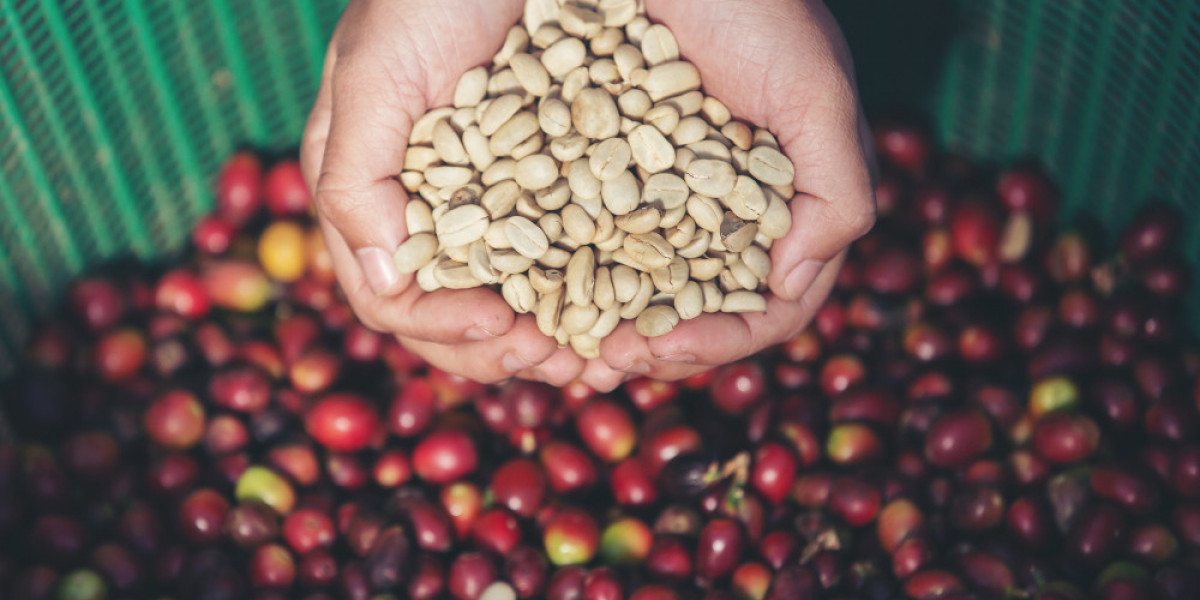Choosing the best organic coffee beans can be challenging, especially with so many options available. Not all organic coffee is equal in quality, so knowing what to look for is essential. Here’s how you can identify high-quality organic coffee beans and make the best choice for your next cup.
1. Look for Organic Certifications
One of the first things to check is whether the coffee is certified organic. Certifications ensure the beans were grown without synthetic pesticides, herbicides, or chemical fertilizers.
Key Certifications to Look For:
USDA Organic: Ensures strict organic farming practices.
Fair Trade Organic: Guarantees ethical labor practices and sustainability.
Rainforest Alliance Certified: Supports environmental conservation and fair working conditions.
EU Organic: Indicates compliance with European organic standards.
If the coffee packaging displays any of these certifications, you can trust that the beans meet high organic standards.
2. Check the Roast Date
Freshness plays a big role in coffee quality. Look for coffee beans with a clearly labeled roast date, rather than just an expiration date. High-quality organic coffee should be consumed within 2-4 weeks of roasting for the best flavor.
Tips for Fresh Coffee:
Avoid coffee that only states a “best by” date with no roast date.
Buy whole beans instead of pre-ground coffee.
Store beans in an airtight container away from light and moisture.
3. Examine the Bean Appearance
The physical appearance of coffee beans can tell you a lot about their quality. High-quality organic beans should be uniform in size, free from defects, and have a rich, even color.
What to Look For:
Even, medium to dark brown color (depending on the roast level).
No visible cracks, chips, or excessive oiliness (except in some dark roasts).
Whole beans rather than broken or damaged ones.
4. Smell the Beans
Good organic coffee beans have a strong, pleasant aroma. If the beans lack a noticeable scent, they may be stale or of lower quality.
Common Aromas of Quality Beans:
Fruity or floral notes in light roasts.
Nutty, chocolatey, or caramel-like scents in medium roasts.
Smoky or bold aromas in dark roasts.
Avoid coffee with a musty or chemical-like odor, as this could indicate poor storage or contamination.
5. Consider the Coffee’s Origin
Single-origin coffee tends to have a more distinct and higher-quality flavor than blends. Organic coffee from well-known coffee-growing regions is often superior because of better farming practices and climate conditions.
Top Regions for Organic Coffee:
Ethiopia: Bright, fruity, and floral flavors.
Colombia: Smooth, balanced, and slightly sweet.
Sumatra: Earthy, bold, and full-bodied.
Guatemala: Chocolatey, nutty, and complex.
Costa Rica: Bright acidity with citrus and honey notes.
Look for beans that specify their country or farm of origin rather than generic labels like “South American blend.”
6. Read the Flavor Profile
High-quality organic coffee beans often have a well-defined flavor profile, which is usually described on the packaging.
Flavor Indicators of Quality Coffee:
Balanced Acidity: Not too sour or too flat.
Smooth Body: Rich and full without being harsh.
Clean Finish: No lingering unpleasant aftertaste.
Avoid coffee that tastes overly bitter, burnt, or stale, as this can indicate poor processing or low-quality beans.
7. Buy From Trusted Roasters
Where you buy your coffee matters. Specialty coffee roasters take more care in sourcing and roasting their beans compared to mass-produced brands.
Signs of a Good Roaster:
Provides detailed sourcing information.
Offers freshly roasted beans with a roast date.
Uses ethical and sustainable practices.
Has positive customer reviews and recommendations.
8. Test the Coffee by Brewing
Finally, the best way to judge organic coffee quality is by brewing a cup. High-quality coffee should have a balanced taste, a pleasant aroma, and a smooth texture.
How to Test:
Brew a small batch using a French press or pour-over.
Taste it black before adding milk or sugar.
Note the aroma, acidity, and aftertaste.
If the coffee tastes fresh, flavorful, and smooth, you’ve likely found high-quality organic beans.
Final Thoughts
Identifying high-quality organic coffee beans comes down to checking certifications, freshness, appearance, aroma, and flavor. Choosing beans from reputable sources and brewing them properly ensures you get the best taste while supporting sustainable and ethical coffee farming. By paying attention to these details, you can enjoy a superior cup of organic coffee every time.









